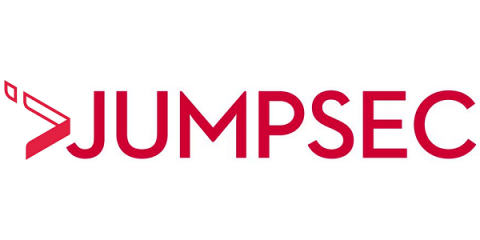Understanding the Incident Response Life Cycle
With the growing digitalization of businesses, the threat of cyber-attacks has become a reality for organizations of all sizes. It's vital for companies to be aware and proactive in understanding how to detect, respond to, and recover from cyber-attacks as technology becomes increasingly integrated into daily business operations.











